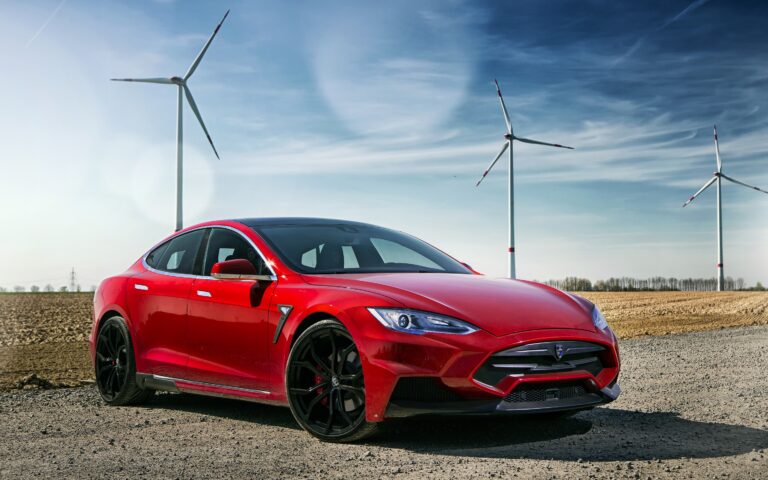
add here text

Electric Vehicles Explained: How EVs Work basic
pratik r. sonawane
April 05, 2025
related topics
⚡ Introduction to Electric Vehicles
What Are Electric Vehicles and Why They’re the Future
Electric vehicles (EVs) are cars powered by electricity instead of gasoline. They use rechargeable batteries and electric motors, producing zero tailpipe emissions. As fuel prices rise and eco-awareness grows, EVs offer a smarter, cleaner way to drive.
In this guide, you’ll learn how EVs work, their key benefits, and the different types available today.
🧾 Quick Summary: Electric Vehicles at a Glance: Cleaner, Smarter, and Future-Ready
Electric vehicles (EVs) are redefining how we drive. Powered by electric motors and rechargeable batteries, they offer zero emissions, lower running costs, and high performance. From understanding how EVs work to exploring the benefits and types like BEVs, PHEVs, and HEVs, this guide helps you make an informed choice. As the EV industry evolves, there’s never been a better time to go electric.
🔋 What Is an Electric Vehicle (EV)?
Understanding Electric Cars: Definition and Basics
An Electric Vehicle (EV) is a car that runs on electricity instead of gasoline or diesel. It uses a battery and an electric motor, replacing the internal combustion engine. This means zero tailpipe emissions, less environmental impact, and major savings on fuel.
EVs are quiet, smooth, and low-maintenance, making them a smart choice for eco-conscious and budget-savvy drivers.
🚗 Key Components of an Electric Vehicle
EV Parts and Technology: What Powers an Electric Car
Here’s a quick look at the essential parts that power an EV:
1. Battery Pack 🔋
The battery is the EV’s energy source. Most use lithium-ion batteries, known for their long lifespan and efficiency. The size, measured in kilowatt-hours (kWh), determines how far the car can travel per charge.
2. Electric Motor ⚙️
The electric motor drives the wheels using energy from the battery. It offers instant torque for fast, smooth acceleration—no engine noise or lag.
3. Inverter and Power Controller ⚡
These components manage the energy flow from the battery to the motor. They also convert DC power into AC power for efficient performance.
4. Charging Port 🔌
This is where you plug in to recharge the battery. EVs support Level 1 (standard outlet), Level 2 (home or public chargers), and DC fast charging for rapid power-ups.
5. Regenerative Braking ♻️
This smart tech captures energy when you brake or slow down, converting it back into electricity to recharge the battery—boosting efficiency and range.

🔹 Types of Electric Vehicles (EVs)
Comparing EV Options: BEVs, PHEVs, and HEVs
There are three main types of EVs on the market:
BEV (Battery Electric Vehicle): Fully electric. No gas engine. Must be plugged in to charge.
Examples: Tesla Model 3, Nissan Leaf.
PHEV (Plug-in Hybrid Electric Vehicle): Uses both electricity and gasoline. Ideal for short electric-only trips.
Examples: Toyota Prius Prime, Ford Escape PHEV.
HEV (Hybrid Electric Vehicle): Uses a gas engine with electric assistance. No plug-in charging.
Examples: Toyota Prius, Honda Insight.
🌟 Top Benefits of Driving an EV
Why Choose Electric? Environmental and Economic Advantages
✅ Zero Emissions – No tailpipe, no pollution.
✅ Lower Fuel Costs – Electricity is cheaper than gas.
✅ Minimal Maintenance – No oil changes, fewer parts.
✅ Quick Acceleration – Instant torque for smooth driving.
✅ Quieter Ride – No engine noise.
🧳 The Future of Electric Vehicles
What’s Ahead for EVs: Innovation, Range & Affordability
Electric vehicles are the future of mobility. With rapid improvements in battery technology, expanding charging networks, and strong support from automakers, EVs are becoming more accessible than ever.
Expect longer ranges, faster charging, and more affordable models in the coming years. Leading brands like Tesla, Ford, and GM are paving the way with electric cars, trucks, and SUVs.
🚀 Final Thoughts: Should You Go Electric?
Making the Switch to Electric Cars: Is It Right for You?
If you’re looking to reduce your carbon footprint, cut fuel costs, or enjoy a modern driving experience, switching to an EV is a smart move. With growing incentives and more charging options, there’s never been a better time to go electric.
Stay tuned for more easy-to-read guides on EV charging, electric car maintenance, and EV vs gas vehicle comparisons.
❓ Frequently Asked Questions (FAQs)
Charging time depends on the charger type—Level 1 can take 8–12 hours, while fast chargers can recharge in under an hour.
Yes, EVs reduce fuel and maintenance costs significantly over time compared to gas-powered cars.

about author
Share this article
subscribe for weekly updates



